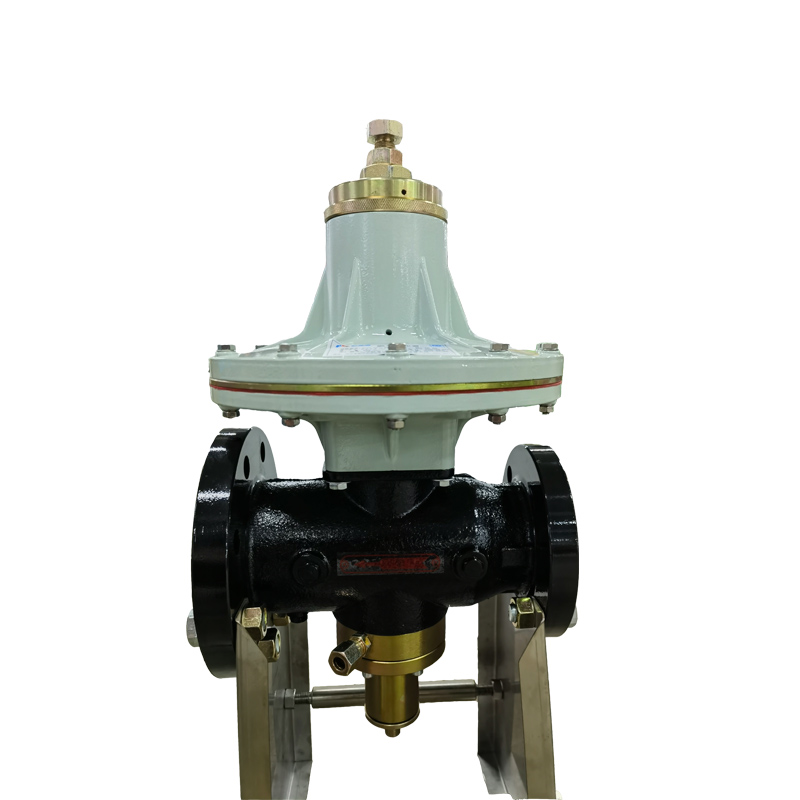
Sep . 10, 2024 01:58
Back to list
صمام الغاز
Understanding Gas Valves Importance and Functionality
Gas valves are critical components in various systems that utilize gas for heating, cooking, or industrial applications. These valves control the flow of gas, ensuring safe and efficient operation while preventing leaks that could lead to hazardous situations.
.
Manual shut-off valves are typically used for safety purposes. They allow users to manually stop the gas flow when the appliance is not in use or in case of an emergency. This ensures that gas is not leaking into the environment, which can pose serious risks to safety.
صمام الغاز

Automatic control valves, on the other hand, are designed to manage the gas flow automatically, based on specific conditions. These valves can adjust the flow rate according to the demand of the appliance, optimizing performance and energy efficiency. In modern heating systems, for example, smart gas valves can modulate the flow of gas based on temperature settings, making systems more responsive and economical.
Additionally, pressure relief valves play a crucial role in protecting gas systems from excessive pressure build-up. When gas is heated, it expands, which can increase pressure within the system. A pressure relief valve helps maintain safety by automatically venting excess pressure, preventing potential explosions or equipment damage.
Proper installation and maintenance of gas valves are paramount for ensuring their effectiveness and safety. Users should regularly inspect valves for signs of wear, corrosion, or leaks and seek professional assistance if any issues are detected. Moreover, understanding how these valves operate can empower users to respond appropriately in emergency situations.
In summary, gas valves are indispensable in managing gas flow in residential and industrial environments. By providing control over gas supply, they enhance the safety and efficiency of gas appliances, making them essential to modern living. Regular maintenance and understanding their operation are vital for maximizing their benefits and ensuring user safety.
Latest news
-
Safety Valve Spring-Loaded Design Overpressure ProtectionNewsJul.25,2025
-
Precision Voltage Regulator AC5 Accuracy Grade PerformanceNewsJul.25,2025
-
Natural Gas Pressure Regulating Skid Industrial Pipeline ApplicationsNewsJul.25,2025
-
Natural Gas Filter Stainless Steel Mesh Element DesignNewsJul.25,2025
-
Gas Pressure Regulator Valve Direct-Acting Spring-Loaded DesignNewsJul.25,2025
-
Decompression Equipment Multi-Stage Heat Exchange System DesignNewsJul.25,2025

